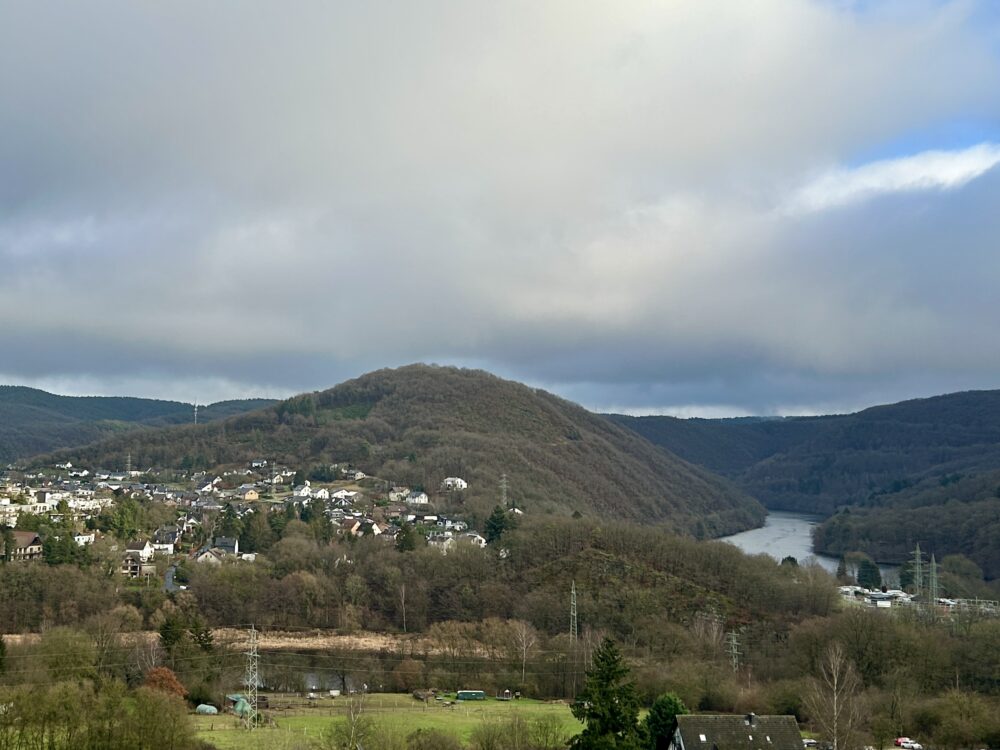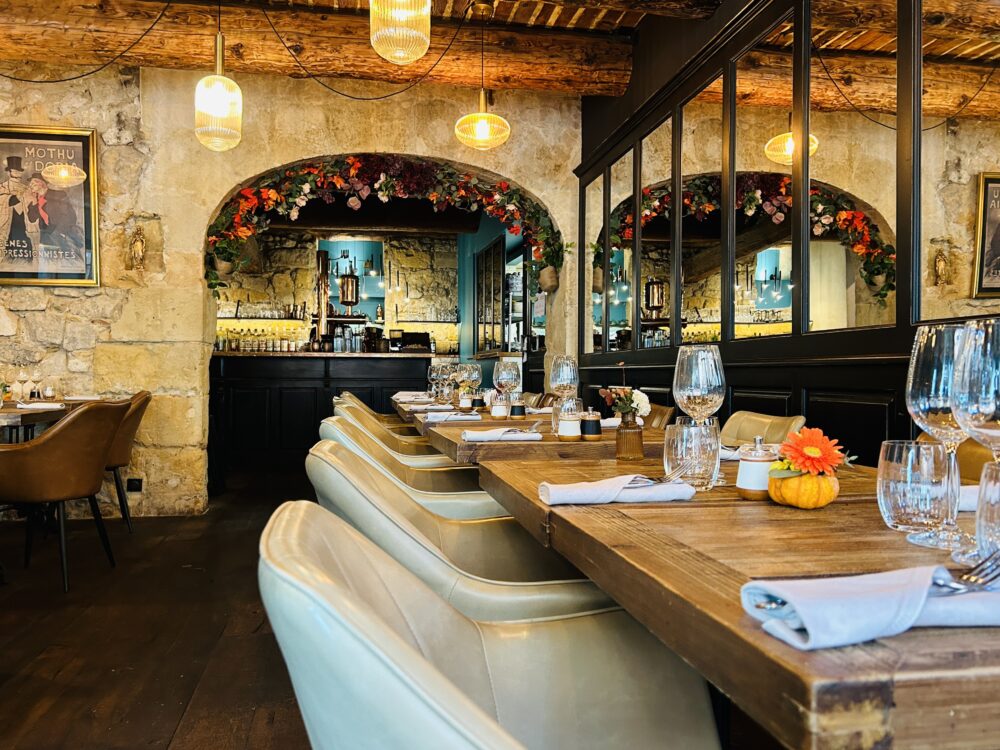Nestled in the picturesque region of Wallonia, the city of Dinant is often referred to as the pearl of Belgium. With a population of approximately 13,000 residents, this charming city is a vibrant testament to the rich cultural tapestry of the region.
Tourism plays a pivotal role in Dinant’s economy and cultural identity. Visitors are drawn to its stunning natural landscapes, historical monuments, and the serene flow of the Meuse River that carves its way through the city. Dinant’s allure is further magnified by its reputation as a hub for music lovers, being the birthplace of Adolphe Sax, the inventor of the saxophone.
This dark period in Dinant’s history is a stark contrast to the peaceful and picturesque city known today. The Townhall, with its L-shaped design and verdant greenery, serves as a symbol of the city’s recovery and enduring spirit.
Known for its distinctive L-shape, the Townhall is adorned with lush greenery that drapes over its façade, creating a visual harmony between nature and craftsmanship.
The history of the Townhall building is as rich and varied as the city itself. It is an architectural marvel that stands proudly amidst this historical backdrop. It is particularly impressive to witness the historical and beautiful Townhall building of Dinant, standing resiliently despite the brutal events that have left an indelible mark on the city.
The Sack of Dinant in 1914 was a tragic chapter during World War I, where German forces, under the mistaken belief that civilians were armed insurgents, executed hundreds of residents and razed much of the city. The massacre claimed the lives of approximately 674 innocent people, including women and children.
#Dinant #Wallonia #BelgianHeritage #TownhallBeauty #HistoricLandmarks













